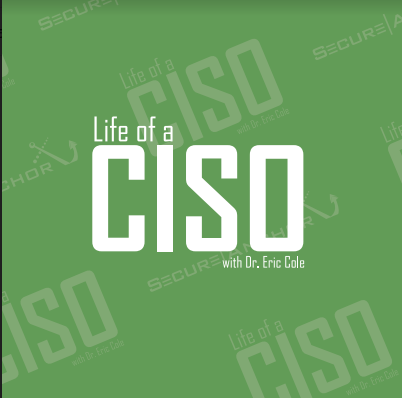This is the second installment in a three-part series on threat hunting by Dr. Eric Cole published on the IBM SecurityIntelligence blog. Be sure to read Part 1 and Part 3 for more information.
A threat hunting program can provide an accurate picture of where your organization is exposed to threats and help security professionals strengthen those weaknesses. If you know how an adversary is breaking into your environment, you can improve your defenses and stop attacks from happening again in the future. This echoes the importance of having accurate and up-to-date metrics gathered through continuous threat hunting. Remember: Prevention is ideal, but detection is a must.
Protecting the C-Suite
Modern threats are just as advanced as they are persistent. Traditional attacks randomly select targets looking for vulnerabilities. Modern threats actively target their victims for acutely specific purposes. Sensitive, critical and proprietary data is fair game. To make matters worse, fraudsters are increasingly taking aim at C-level executives, locking in on the most important people and data in your organization.
Imagine that your CEO works from a desktop in the office, a laptop at home, and both a tablet and a phone when traveling. What are the odds that one or more of those devices has some sort of sensitive or proprietary data on it? It is critical to the continuity of your organization that you take necessary security measures before that data can be breached. No company wants to be the feature of the week in a news article, which is why threat hunting is a necessary exercise.



